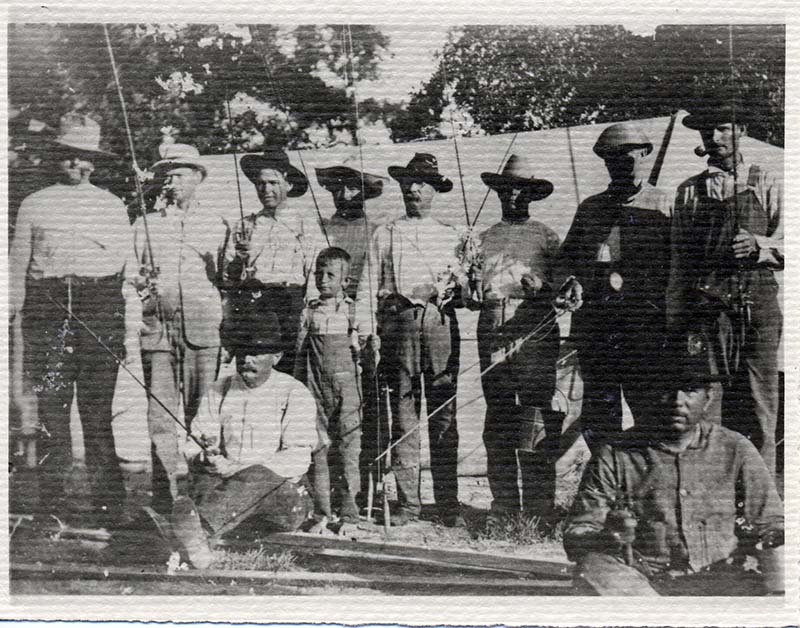

In one of the final scenes of the film “O Brother, Where Art Thou?” we see the ‘soggy’ aftermath of the flooding caused by a newly built dam and reservoir. In the early 20th century, emerging towns and cities all over the country dammed up rivers and flooded abandoned valleys in order to mitigate flood risk and to meet the demand for access to fresh water. Rumors of a similar fate for small communities nestled in the Tennessee Valley (Et al.) swirled around for decades before the beginning of construction on the Belton Lake Dam.
The area and surroundings of the Tennessee Valley was known by several different names. Early settlers collecting land grants from Nashville Company based at Nashville-On-The-Brazos (Now Gause, Texas) gave the valley this moniker because the area reminded them of “back home.” The Sparta ‘Mountains’ framed the fertile valley that was once a full forest of oaks and “huge” cedar trees. Small communities with names like ‘Sparta’ and ‘Bland’ popped up throughout the sprawling valley where water was relatively plentiful both from the Leon River and natural springs that poured from the “mountains.”

Shortly after the formation of Bell County in 1850, the construction of forts provided the security needed to welcome new waves of settlers. Most of the new inhabitants were of English, Scottish and Irish decent and built their communities around farming and raising cattle & sheep. Many of the communities in the Valley were said to keep to themselves, coming into town infrequently. Over time populations continued to dwindle as much of the area became known for tenant and truck farming. The Civil War brought more difficult times for people across the country, but the Valley was struck especially hard. After 1900 population growth had declined greatly. World War I dealt one of the final great blows to this area as populations continued to shrink.
Economic pressures ultimately brought an end to the story of the valley. Frequent damaging floods in the growing downstream city of Belton led local authorities and business leaders to call for a dam to mitigate flood risk. What was described as a hidden oasis was now effectively full of ghost towns (and almost ghost towns). The last occupants left in the late 1940s and Belton Lake Dam construction began in the early 1950s, ultimately swallowing the deserted villages scattered throughout the valley. Today Belton Lake supplies water to neighboring cities like Belton and Temple. Belton Lake is also a popular destination for fishing, boating and other water sports. The next time you admire our gorgeous lake while driving across the dam, remember the people that were among the first settlers in Central Texas.

While it’s increasingly more challenging to meet anyone with firsthand accounts of the valley before the lake, their stories live on in numerous publications of letters and other historical writings. We want to thank the Bell County Museum for allowing us access to their research library and taking time to teach us about the history of the valley. Be sure to check out the museum housed in the old Carnegie Library on Main Street in historic Downtown Belton and learn about the rich history of Bell County, Texas.